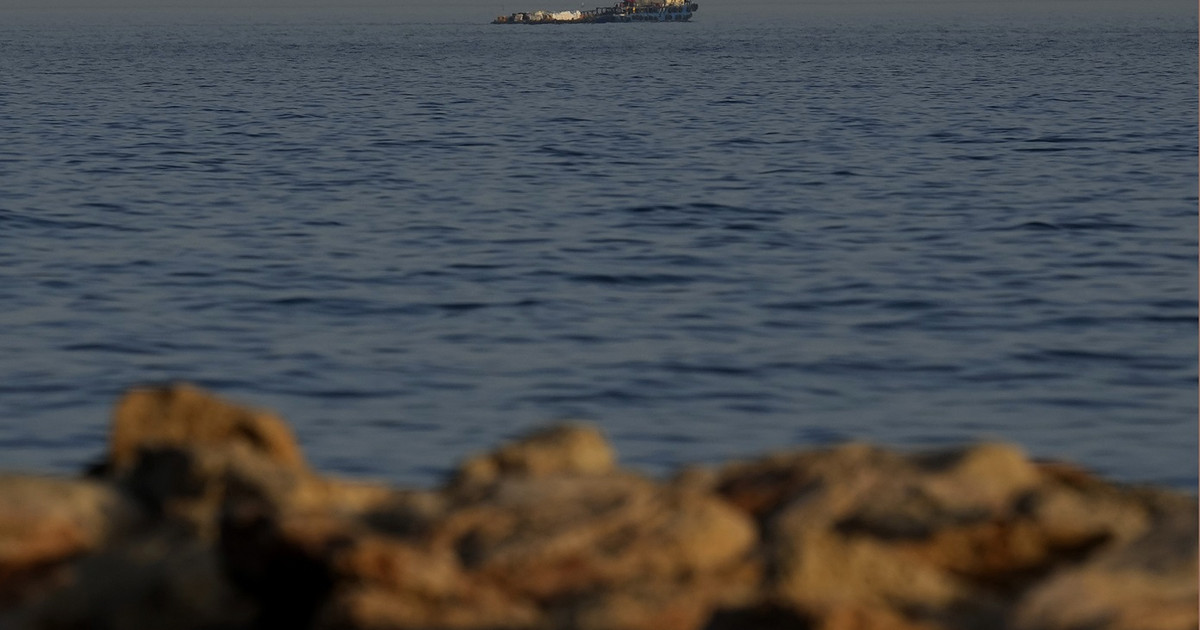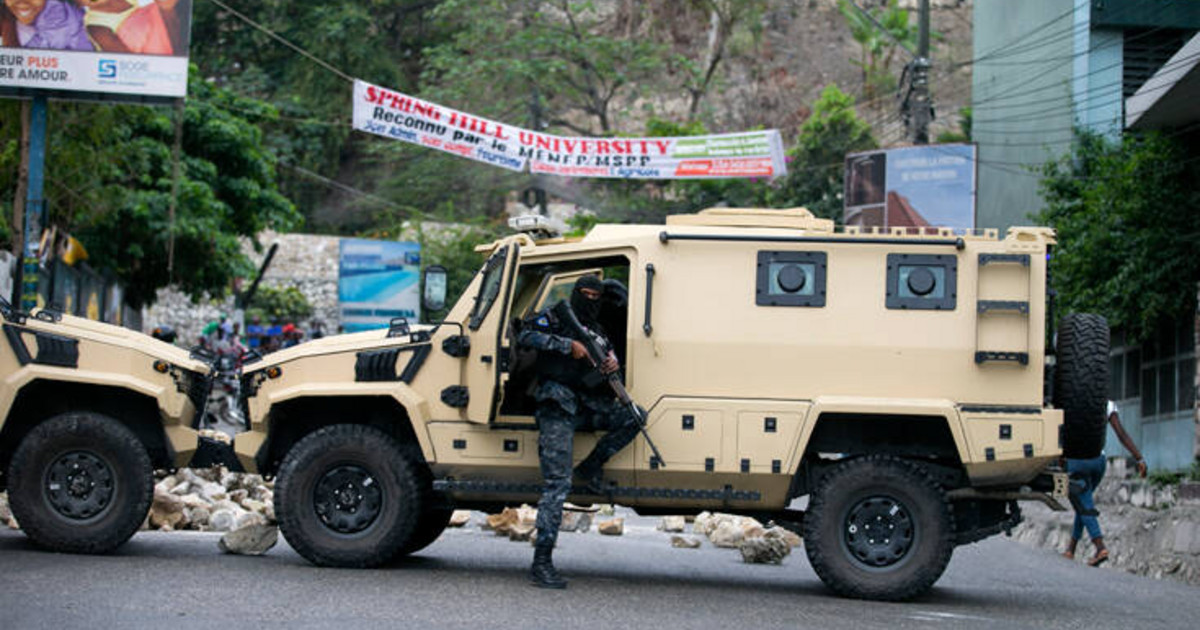North Korea’s alleged launch of its most powerful intercontinental ballistic missile (ICBM) failed on Thursday, according to a South Korean government source.
Meanwhile, Pyongyang, the capital of North Korea, has stepped up its battery of missile tests against a backdrop of US and South Korean military exercises that were scheduled to end on Friday.
However, just hours after the alleged test failed, Washington and Seoul agreed to extend these large-scale exercises to an as-yet-unknown date, according to a statement from the South Korean Air Force, which said that “it was necessary to demonstrate a solid joint defense posture” of the bilateral alliance under the current security crisis, intensified by North Korean provocations”.
The joint exercises, dubbed “Vigilant Storm”, began on Monday and involve 240 aircraft and “thousands of military personnel” from the two countries, according to the US Department of Defense.
North Korea opposed such exercises in statements released this week, before escalating tensions on the peninsula with a flurry of weapons tests on Wednesday and Thursday.
Alleged ICBM test
The ICBM was reportedly launched from North Korea’s west coast at around 7:39 am local time and flown about 750 kilometers (466 miles) before crashing into the Sea of Japan, also known as the East Sea, east of the Korean Peninsula. , said the Japanese Ministry of Defense.
The South Korean government source said officials suspect it to be a Hwasong-17, North Korea’s most advanced intercontinental ballistic missile, which was first successfully tested on March 24.
That launch set a new standard for Pyongyang, recording the highest altitude and longest duration of any North Korean missile ever tested. The missile reached a maximum altitude of 6,248.5 kilometers (3,905 miles) and flew a distance of 1,090 kilometers (681 miles), according to a report by the Korea Central News Agency at the time. The flight time was 68 minutes, the report added.
However, a South Korean government source told CNN which officials believe the missile fired on Thursday only managed to separate at the second stage and appears to have failed after that, crashing into the sea between the Korean peninsula and Japan. Thursday’s launch reached a maximum altitude of about 2,000 kilometers (1,242 miles), according to Japan’s Ministry of Defense — less than a third of the record height set in March.
In Japan, the alleged launch of the ICMB triggered warnings to take shelter in northern Miyagi, Yamagata and Niigata prefectures, where the Japanese prime minister’s office initially said it should fly over. The Japanese Ministry of Defense later assessed that the missile did not pass through Japan.
North Korea followed up on Thursday’s alleged ICBM test with two short-range ballistic missile launches, according to South Korea and Japan.
In a statement on Thursday, South Korea’s Joint Chiefs of Staff (JCS) said Pyongyang’s repeated ballistic missile launches “are a serious provocation that undermines the peace and stability of not only the Korean Peninsula, but also of the international community”.
Thursday’s tests come just hours before US Defense Secretary Lloyd Austin meets his South Korean counterpart Lee Jong-sup at the Pentagon.
US National Security Council spokeswoman Adrienne Watson said in a statement Thursday that Washington “strongly condemns” North Korea’s ballistic missile tests, saying they are a “blatant violation of several US resolutions.” Security Council and needlessly increase tensions and risks of destabilizing the security situation in the region”.
North Korean missiles
The Hwasong-17 was described by North Korean state media as a “powerful nuclear war deterrent”.
It could, at least theoretically, put the entire US mainland within range of a North Korean nuclear warhead, but there are many unknowns about the missile’s ability to deliver a nuclear charge at the target.
It is, however, large enough to carry a nuclear weapon, or possibly multiple nuclear weapons, according to experts.
Thursday’s launches bring the North Korean missile test count to at least 30 so far this year, according to a tally by the CNN – although the individual missile count is much higher.
Weapons fired include cruise missiles and ballistic missiles, the latter of which formed the vast majority of North Korea’s tests this year.
There are substantial differences between these two types of missiles.
A ballistic missile is launched using a rocket or rockets, then travels out of Earth’s atmosphere, gliding into space before re-entry and then descending powered only by gravity to its target.
A cruise missile is powered by a jet engine, remains within the Earth’s atmosphere during its flight, and is maneuverable with airplane-like control surfaces. Cruise missiles have smaller payloads than ballistic missiles, so they would require a smaller nuclear warhead than a missile designed to hit the mainland of the United States, such as an intercontinental ballistic missile.
United Nations Security Council resolutions prohibit North Korea from testing ballistic missiles, but such a restriction does not apply to cruise missile testing.
North Korea’s ability to deploy a nuclear warhead on any type of missile has not been proven.
Review the daily total of short-range missiles launched this week
On Wednesday, North Korea launched at least 23 short-range missiles of various types to the east and west of the Korean peninsula, according to the South Korean Defense Ministry.
It was the highest number of North Korean short-range missiles fired in a single day and included a ballistic missile that landed near South Korean territorial waters for the first time since the division of Korea, according to the JCS.
That missile hit international waters 167 kilometers (104 miles) northwest of South Korea’s Ulleung Island, about 26 kilometers south of the North Limit Line (NLL) — the de facto inter-Korean maritime boundary that North Korea does not. recognizes.
Seoul responded on Wednesday by launching three air-to-ground missiles from the F-15K and KF-16 fighter jets, targeting an area the same distance north of the NLL.
North Korea is launching missiles at an “unprecedented frequency,” Japanese Prime Minister Fumio Kishida told reporters on Wednesday.
US Ambassador to the UN Linda Thomas-Greenfield condemned North Korea’s unprecedented missile launch, telling the CNN that the UN would be “pressing” China and Russia to improve and increase these sanctions.
*Collaborated with Brad Lenon and Michael Conte
**Posted by Carolina Cerqueira
Source: CNN Brasil
I’m James Harper, a highly experienced and accomplished news writer for World Stock Market. I have been writing in the Politics section of the website for over five years, providing readers with up-to-date and insightful information about current events in politics. My work is widely read and respected by many industry professionals as well as laymen.






